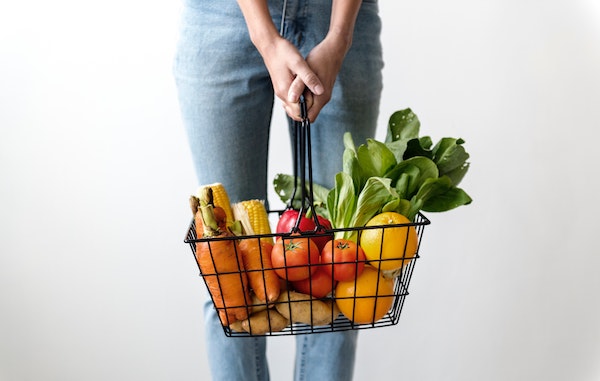Now that we have been living amid a pandemic for almost two years, there is less uncertainty around what might happen. Most people are understanding that measures taken are to keep them safe and are on board with following these recommendations and presumptive measures to avoid the need for business closures. We’ve also adapted to the world of working-from-home, virtual appointments, and opting to get back to activities through a pre-booking system. Needless to say, one thing that hasn’t slowed down is holiday online shopping!
Shoppers are spending more
At the beginning of the pandemic, many businesses were forced to close which means employers laid off working staff to front the costs until they could reopen. Now that we know more about how this virus is transmitted, we know that masks and social distancing do wonders for keeping people well, which has allowed brick-and-mortar businesses to reopen alongside in-person meetings, conferences, and events. That said, customers who enjoy online shopping have continued to do so, and those who learned how to make purchases online to avoid contact in stores, have also continued to rely on e-commerce businesses as a method of convenience.
In 2021, both e-commerce and brick-and-mortar stores are booming once again, and with a regular paycheck, and appreciation for hugs and gathering, shoppers are spending more, especially on their holiday online shopping. Whether they’re making up for lost times or simply eager about seasonal festivities, consumer spending is on the rise and it doesn’t appear to be slowing down anytime soon.
Shoppers are carrying out purchases with time to spare
While e-commerce businesses and their digital marketing teams begin prepping for the holiday season before the end of summer, shoppers too, are prepping their lists early. If COVID has taught us anything, it’s to expect shipping delays and stocking issues. These supply-chain shortages have prompted earlier holiday online shopping, giving gift-givers a greater opportunity to find the items they want to wrap up this season. While last-minute shopping habits die hard for some (partially due to the flexibility of shopping in-store for more generic items), many people relish finishing their shopping early, and we expect this trend to continue.
Shoppers are willing to hunt around
Before the pandemic, if their favorite chain store or small business was out of the desired item, many consumers would opt for an emailed reminder when the item became in stock. However, with some businesses unable to restock inventory must-haves for weeks, shoppers question their loyalty and are willing to look elsewhere to fulfill their checklists.
We’re sincerely hoping that this issue becomes gets buried for 2022! Although, we recommend that you use your email and social media platforms to keep customers updated if you’re experiencing a shipping or supply issue. Honest transparency is a great way to maintain customer loyalty. Also, be sure you pass on the savings by setting up a promotion code schedule to offer a meaningful way for shoppers to return to your online store.
Have you noticed any ongoing changes in your industry since the start of the pandemic? Please drop them in the comments section below to spark a conversation.
Alex Wilks has been working as a copywriter and digital marketing strategist since 2018, with added specialties in social media and email marketing. With a Bachelor’s Degree in Journalism and Communication, she is a natural content writer with the ability to connect well with her target audience.





